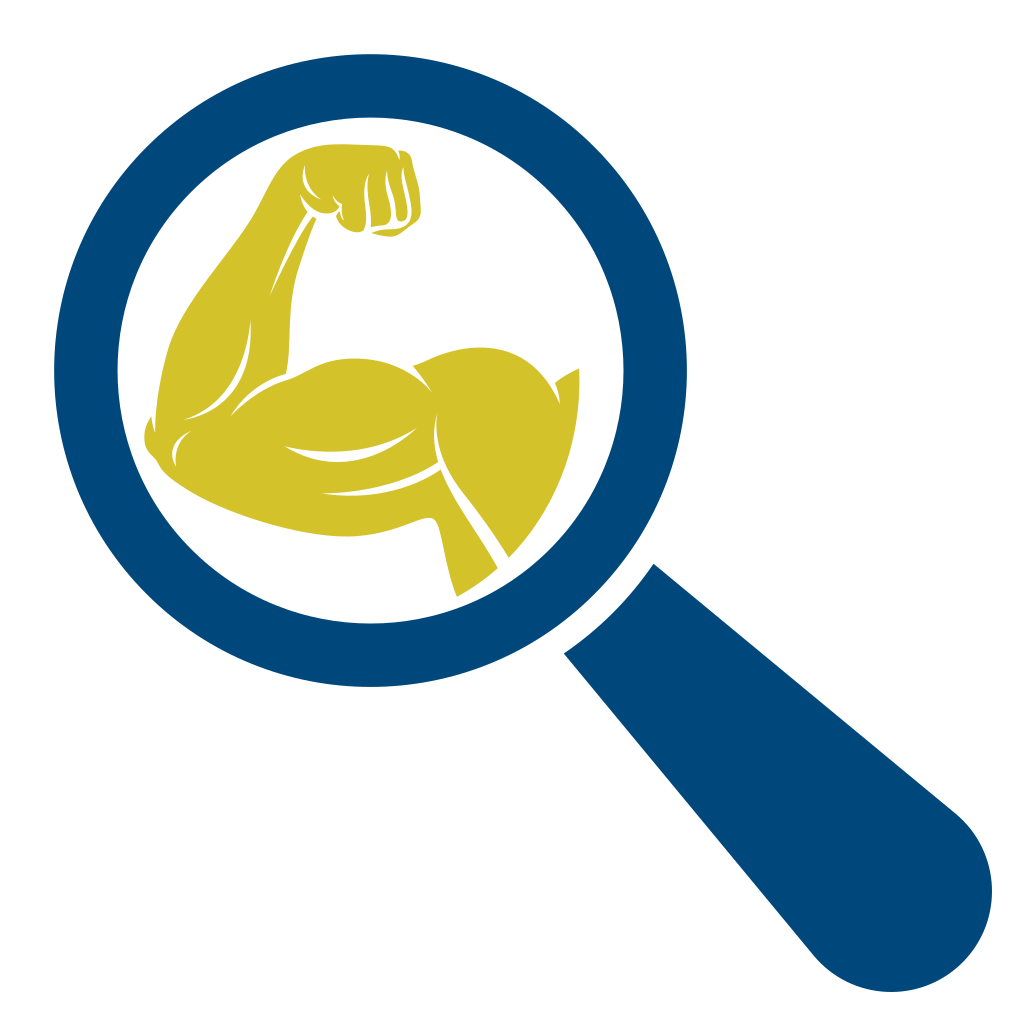How to catch up on muscle lag

Understanding Muscle Lag
Before addressing muscle lag, it is essential to understand this phenomenon.
Definition of Muscle Lag
Muscle lag occurs when one of your muscles or muscle groups develops more slowly than others. This can affect the appearance and balance of the entire body and potentially harm physical performance in the long term.
Causes of Muscle Lag
The causes of this imbalance can be varied. The most common reasons include genetic factors, inadequate training, or prior injuries. For instance, muscle asymmetry could result from a lack of proper contraction during exercises.
Strategies to Overcome Muscle Lag
Fortunately, there are several effective methods to address muscle lag and harmoniously develop your muscles.
Get your personalized program! 🎯
Stop wasting time with random exercises
Our AI creates a custom training program adapted to your goals, level, and available equipment. Get results faster with a structured plan designed just for you.
Increase Training Volume
Increasing the training volume for the lagging muscle is crucial. This can be achieved by adding extra sets and repetitions specifically for that muscle. This technique further stimulates muscle fibers, promoting growth.
Focus on Exercise Execution
Technique plays a vital role in muscle development. Ensure that each movement is performed with clean and controlled execution. This maximizes the engagement of the targeted muscle, which is essential for addressing weak points in training. To assist with this, FitMetrics offers a comprehensive catalog of exercises, complete with detailed execution videos and precise instructions.
Incorporate Specific Exercises
Incorporating targeted exercises can effectively stimulate a lagging muscle. For example, if your chest muscles are underdeveloped, exercises like the incline bench press can provide focused muscle stress.
Use Advanced Techniques
Intensification methods, such as supersets or drop sets, can take your training to the next level. These approaches increase muscle density and are well-known for helping to overcome lagging muscle development.
Tracking and Adjusting Progress
Monitoring your progress and adjusting your program accordingly is crucial for correcting muscle lag.
Measure Progress
Regularly tracking progress is essential to ensure balanced muscle development. In addition to measurements and visual evaluations like selfies or videos, tools such as FitMetrics can automatically log your performance. This app generates charts and statistics, providing a comprehensive overview of your progress.
Adjust the Training Program
If progress is lacking, it may be time to adjust your training strategy. This could involve changing exercise frequency, incorporating new techniques, or modifying weights and repetitions based on observed results.
Conclusion
Overcoming muscle lag requires time, patience, and a methodical approach. By understanding the causes of this imbalance and applying targeted strategies, you can not only correct the lag but also improve your overall strength and endurance. Stay persistent and adaptable to achieve your goals successfully—there is nothing more rewarding than seeing your efforts pay off.
Credits

Sources
- American Council on Exercise (ACE) (acefitness.org)
- National Strength and Conditioning Association (NSCA) (nsca.com)
- Journal of Strength and Conditioning Research (journals.lww.com)

